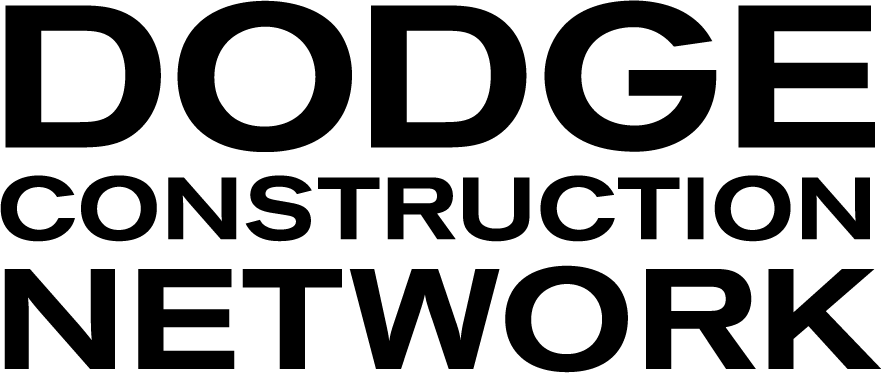Commercial, multifamily construction starts rise 11% YOY in top 20 metros: Dodge

Dive Brief:
- The value of commercial and multifamily construction starts in the U.S. was $227.5 billion in 2019, up 1% from 2018, according to Dodge Data and Analytics. However, the value of commercial and multifamily starts in the top 20 metros increased 11% to $139.6 billion and when considering multifamily and commercial activity together, the top 10 metros were responsible for 45% of all starts.
- When breaking down year-over-year commercial and multifamily activity in the U.S. from 2019, commercial starts, which are made up of office buildings, stores, hotels, warehouses and commercial garages but exclude institutional projects like hospitals, schools, public utilities and manufacturing facilities, increased 7% to $132.3 billion. The value of multifamily starts, however, dropped 5% to $95.2 billion.
- The commercial category, according to Richard Branch, chief economist for Dodge, continued to benefit from strong demand in 2019, but, after nine consecutive years of growth, it should see fewer large projects because of an expected slowing in the economy, which likely will lead to a decrease in the value of starts in 2020. The multifamily category, as indicated by the overall national decline, Branch noted, is past its peak and a decline in the value of those starts should affect more metros in the coming year.
Dive Insight:
While the value of multifamily starts declined overall, some of the top markets have been holding fairly steady and even saw starts increase last year. In fact, multifamily was the main driver of construction activity in York City last year, increasing 9% from the year before. Washington, D.C., experienced a 1% decline in the value of multifamily starts but fared well given the national decline of 5%.
When compared to the decrease in multifamily starts in other major metros like Los Angeles (-14%), Boston (-36%), Miami (-11%), Dallas (-25%) and Atlanta (-13%), The New York City and Washington, D.C. metros are downright hot.
So what keeps the multifamily markets in these cities thriving?
“I think the desire to live within a short commute to work is driving demand,” said Paraic Morrissey, resident manager in real estate firm Rider Levett Bucknall’s (RLB) New York City office. Some new corporate entrants into the city, he said, are even eschewing more traditional business areas like Midtown so that they can be closer to the residential areas in which their employees live.
All of the new commercial building activity, like Manhattan’s $25 billion Hudson Yards development and the $3 billion One Vanderbilt project, are driving employment, he said, and transportation improvements like the Second Avenue subway are making everything in the city more accessible. These factors, Morrissey said, are making living in the city more attractive, thus the strong multifamily sector.
Any downward movement in multifamily in this major market, he said, will be more about right-sizing than about a downturn.
The hassle of commuting in and out of D.C., said Kirk Miller, resident manager in RLB’s Washington D.C. office, is creating opportunities in the multifamily market there as well. “With the commute getting to be so congested,” he said, “housing within the D.C. area is increasing. They want to be able to get to work in 30 minutes.”
No market is recession-proof, he said, but as long as Washington, D.C., is home to so many government agencies, private industry and other employers attracted to the nation’s capital, Miller doesn’t see the multifamily market there slowing down, especially next to Metro stops as the District is always expanding in that area, again, increasing accessibility to the city and making the daily commute easier.
“It may slow down a bit,” Miller said, “but right now D.C. is going crazy.”
Second-tier metros — those ranked 11 to 20 — are also doing well, the study found, outperforming the U.S. in general with a 17% increase from the year before. The ones posting gains were:
- Philadelphia up less than one percent ($4.5 billion)
- Phoenix up 42% ($4.1 billion)
- Nashville up 90% ($3.8 billion)
- Orlando, Florida, up 42% ($3.7billion)
- Minneapolis up 11% ($3.5 billion)
- Portland, Oregon, up 80% ($3.4 billion)
- Columbus, Ohio, up 57% ($2.9 billion)
- Tampa up 83% ($2.8 billion)
